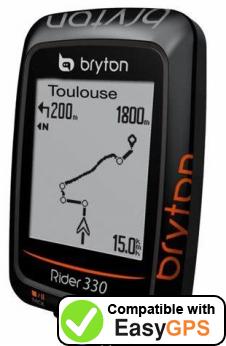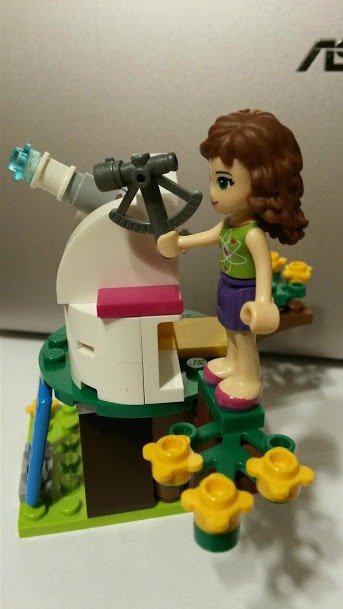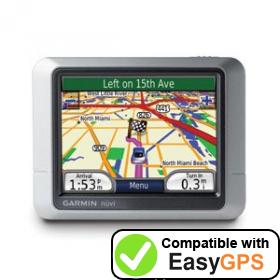

I have used a digital data recorder from Eagle Tree Systems with a GPS

You probably need to come up with a hypothesis that can be tested with equipement that you can afford.
#How to measure in expert gps tv#
Many local TV stations have their own dopler weather radar and are actually better data sources however, correlating any of this data to your GPS location and current satellite trajectories is well beyond what you can probably do. The dopler radars that are excellent weather tools do not publish enough of their data in real time. The FAA radars are not designed for weather. Small planes that are equiped to fly under 12,000 feet in bad weather carry their own weather radar for a variety of reasons. Even commercial airliners don't have this kind of access. Obtaining point in time NOAA information that can be used to correlate to a GPS location at the point when you power it on is an extremely expensive equipment intensive problem. You are going to have to have a GPS unit that you can turn off completely to reset its knowledge of where it is and all past satellite data.įinding a way to do your experiment inexpensively is a major challenge. The longer a GPS unit stays in the same position, the more accurate the reading becomes because it has more information from more trajectories which means it has more intersections of planes. This means that the GPS unit is designed to integrate the information obtained from all satellites being recieved over time to come up with a positional reading.

GPS satellites are not in geosynchronous orbit so their trajectories are constantly changing wrt a stationary receiver.

My initial thought would be to obtain a receiver that can be placed in a set location and I would take daily readings and compare it to the storm activity posted on the NOAA website or to more detailed data from an expert at NOAA. The other difficulty investingating this effect is being able to determine where, when, and magnitude of ionospheric disturbances are wrt to the GPS satellites when you take a measurement. Surveyor units are like aircraft units in that they won't assume they are on a uniform sphere because that would be too inaccurate for survey work. This probably means that you are going to have work with somebody like a surveyor who has a very expensive GPS that provides this data and is willing to setup on a benchmark point in bad weather. Unless the GPS unit provides this information, I don't think it will be usable for this purpose. I personally haven't investigated any GPS units made for personal use to know what information they can display on satellite signal strength and number of satellites being received. You really need to read up on this and understand it better before you try to come up with an experiment. Ground units can assume that they are on the earth surface however, the earth surface is not a sphere so this introduces additional inaccuracies. Hints: It takes a minimum of 4 signals for an aircraft GPS unit to determine a position. You first need to understand how the GPS units require signals from multiple satellites to calculate a position. The validation results show that the method is effective not only in decreasing workload, but also in ensuring correctness by integrating the domain expert knowledge to make the final decision.Your question tends to indicate that you need to first researchĢ) Hw the ionospheric storm activities affect signals passing through at different angles.
#How to measure in expert gps manual#
The detecting rate of the method was 100% and the duration time of the detecting process was less than half an hour compared with the 94 h manual workload. Thirty-eight segments of some sequential points that are possibly wrong were found by the method and fourteen of them were confirmed by measurement experts. After four performance indices were given to evaluate the performance of the error-detecting method, six GPS track data sets between seven railway stations in the QTR were used to validate the method. To delete the repetitive errors by different algorithms and effectively display the possible errors, an integrated error-detecting method was developed by reasonably assembling the four algorithms. Based on the four error patterns, four algorithms were developed to detect the corresponding possible errors in data points. Four error patterns, including redundant measurement, sparse measurement, back-and-forth measurement, and big angle change, were obtained based on expert knowledge. It is very important to develop a method to automatically detect the possible errors in all data points so as to modify them or measure them again to improve the reliability of GPS data. As there are huge amounts of Global Positioning System (GPS) data points measured in the Qinghai–Tibet Railway (QTR) with a length of 1142 km, it was inevitable that some measuring errors existed due to various situations in measurement.


 0 kommentar(er)
0 kommentar(er)
